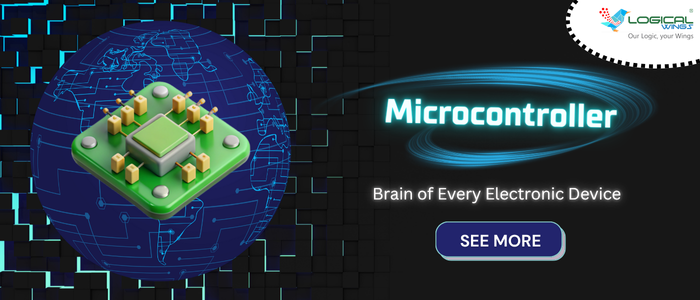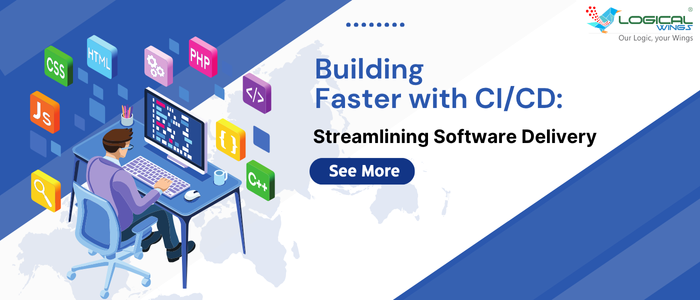Top Biggest Mistakes Entrepreneurs Make When Building an App
In today’s hyper-connected digital age, having a mobile app is no longer a luxury — it’s a business necessity. Whether you’re launching a startup or expanding an established brand, mobile applications have become one of the most powerful tools for engagement, sales, and growth. However, many entrepreneurs make costly mistakes during app development that can lead to wasted resources, poor user experiences, or even business failure. According to a Statista 2025 report, over 80% of mobile apps fail within the first year of launch. The reasons? Misaligned goals, poor execution, and a lack of understanding of app development best practices. Entrepreneurs often underestimate the complexities of development — from defining a clear vision to selecting the right technology and testing rigorously before launch. This comprehensive guide uncovers the top mistakes entrepreneurs make when building an app and offers actionable insights on how to avoid them. Whether you’re working with an app development company in NYC or a Mobile app development Company in USA, these lessons can help you build a robust, scalable, and successful digital product. 1) Not Identifying the Core Purpose of the App Mistake:Many entrepreneurs rush into app development without having a clear understanding of why the app exists. They focus on building an app because “everyone has one,” instead of solving a specific problem for a target audience. How to Avoid:Start by defining your app’s core value proposition Ask — Who is my target user? What problem does the app solve? Conduct detailed user research and competitor analysis. A focused purpose ensures your app delivers real value and avoids unnecessary complexity. 2) Selecting the Wrong Development Team Mistake:Hiring an inexperienced or ill-suited development team can derail your project completely. Poor communication, missed deadlines, or lack of technical expertise often lead to disappointing results. How to Avoid:Partner with an experienced mobile app development agency that understands your business goals. Look for a proven portfolio, client testimonials, and transparent communication. A good development partner acts as a strategic collaborator, not just a vendor. 3) Underestimating the Total Costs of Development Mistake:Many entrepreneurs assume that app development is a one-time cost. In reality, expenses include design, development, maintenance, updates, and marketing. How to Avoid:Create a clear financial roadmap that accounts for every stage — from prototyping to post-launch support. Understand your mobile app development cost upfront, including ongoing operational expenses. Reliable agencies offer transparent pricing and flexible engagement models. 4) Thinking Design is Just for the Looks Mistake:Entrepreneurs often treat design as a cosmetic element, overlooking its role in usability, accessibility, and brand perception. How to Avoid:Invest in user-centric design that focuses on functionality and experience. Every color, button, and layout choice should enhance navigation and engagement. Work with UI/UX experts who understand human behavior, not just visual aesthetics. 5) Skipping the MVP (Minimum Viable Product) Mistake:Some founders aim for a feature-packed product right from the start, which leads to delays, cost overruns, and user confusion. How to Avoid:Build an MVP — a simplified version that includes only essential features. It allows you to test market response, gather feedback, and iterate quickly. MVPs save money and reduce risk, ensuring a stronger full launch later. 6) Overloading the App with Features Mistake:Trying to include too many features often dilutes the app’s main functionality and overwhelms users. How to Avoid:Follow the principle of “less is more.” Focus on features that align with your app’s purpose and user needs. Gather feedback from early adopters to determine which features truly add value. 7) Not Considering Cross-Platform Compatibility Mistake:Developing only for one platform (iOS or Android) limits your reach and revenue potential. How to Avoid:Choose a cross-platform framework like Flutter or React Native that allows development for both Android and iOS using a single codebase. This approach reduces time and cost while maximizing market presence. 8) Failing to Prioritize Testing and Quality Assurance Mistake:Skipping or rushing through testing can result in crashes, bugs, and poor user reviews — damaging your app’s credibility. How to Avoid:Implement a structured QA and testing process that includes functionality, security, and performance checks. Automated testing tools combined with manual QA ensure flawless user experiences before launch. 9) Ignoring Essential Security Measures Mistake:Data breaches or weak encryption can destroy user trust and lead to legal consequences. How to Avoid:Incorporate security protocols from the very start. Use secure APIs, encrypt user data, and comply with data protection regulations such as GDPR or CCPA. Partner with agencies experienced in cybersecurity for apps handling sensitive data. 10) Having Unclear User Permissions and Privacy Policies Mistake:Users are increasingly conscious about privacy. Unclear or invasive permission requests can result in app uninstalls or negative reviews. How to Avoid:Be transparent about data collection and its usage. Include a detailed privacy policy, and seek only the permissions necessary for the app to function. Ensure compliance with privacy laws in your target markets. Post Launch App Mistakes Launching your app isn’t the finish line — it’s just the beginning. Many entrepreneurs neglect post-launch management, which can hinder long-term growth. 1. Ignoring User Feedback Mistake: Neglecting user reviews or complaints can lead to churn.How to Avoid: Monitor feedback across platforms and respond promptly. Use insights to make iterative improvements. 2. Poor Marketing Strategy Mistake: Expecting the app to “sell itself.”How to Avoid: Invest in digital marketing, SEO, and app store optimization to reach the right audience. 3. Lack of Regular Updates Mistake: Apps that stagnate quickly lose relevance.How to Avoid: Regularly update the app with new features, bug fixes, and design improvements. 4. Ignoring Analytics Mistake: Without analytics, you can’t measure success or identify issues.How to Avoid: Track KPIs like user retention, engagement rate, and session duration to make data-driven decisions. 5. Not Planning for Scalability Mistake: Many apps fail to handle increased users post-launch.How to Avoid: Build a scalable architecture from the beginning to accommodate growth seamlessly. How Logical Wings Can Boost Your Mobile App Success Logical Wings is an experienced mobile app development agency that helps businesses transform innovative ideas into high-performing mobile solutions. Based in
Top Biggest Mistakes Entrepreneurs Make When Building an App Read More »
Uncategorized


